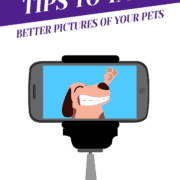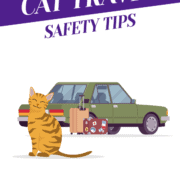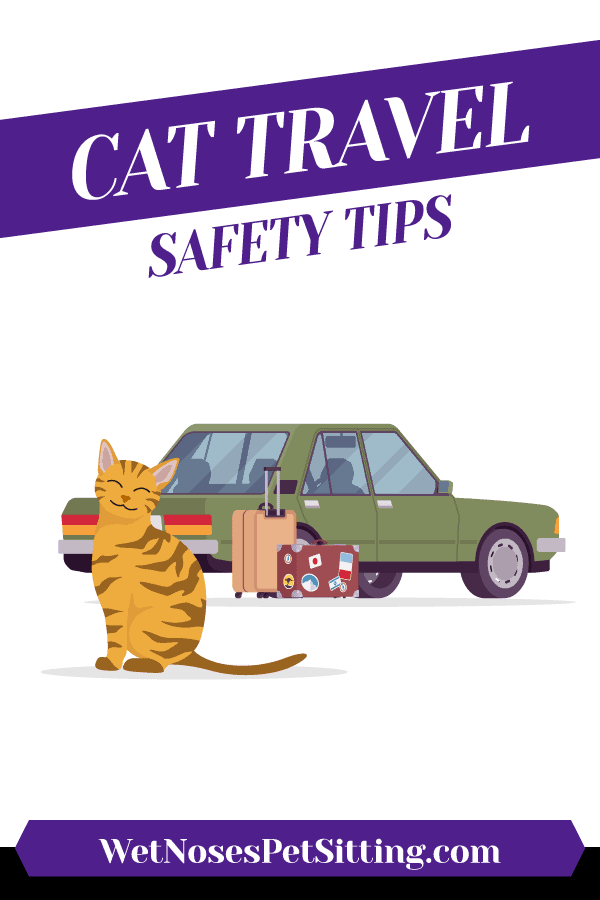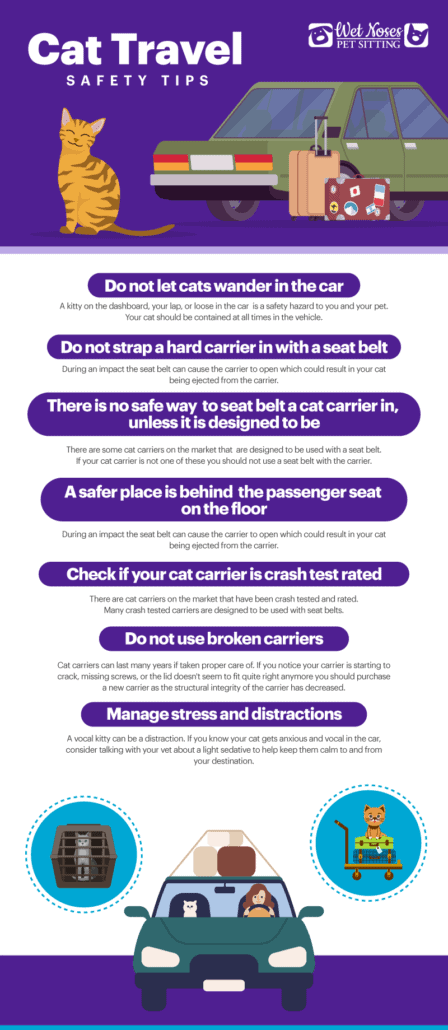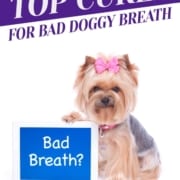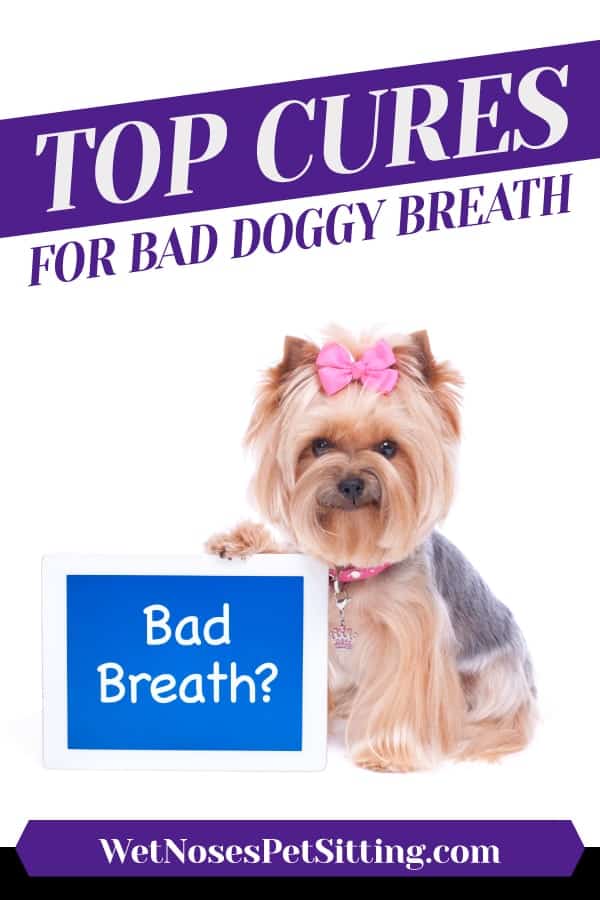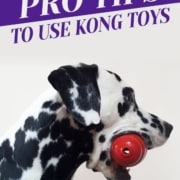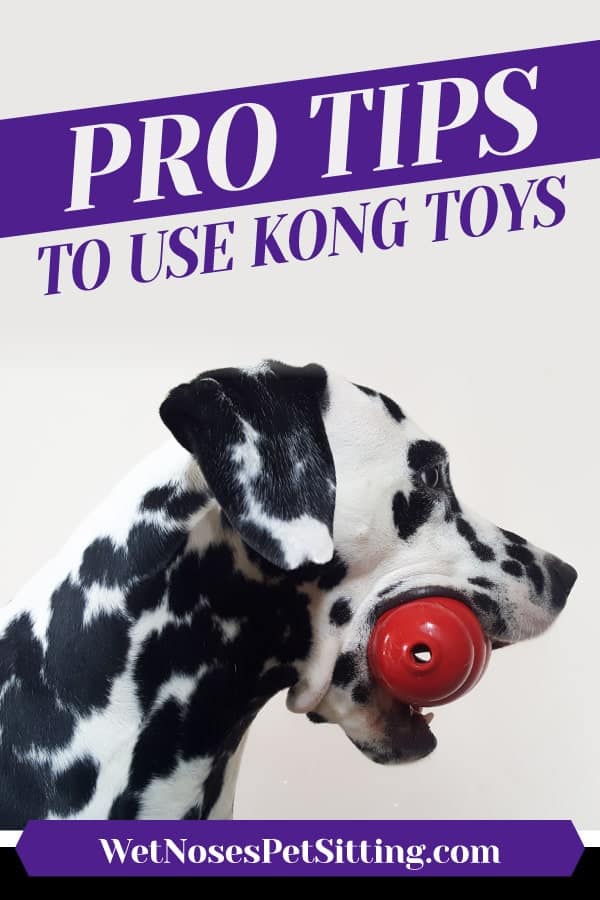Tips To Take Better Pictures Of Your Pets
Tips To Take Better Pictures Of Your Pets
Taking better pictures of your pets is something most of us would love to do. On World Photography Day we thought we’d share some tips our sitters use when capturing that perfect pet picture. Whether it’s capturing your resident house panther (a black cat) or a speedy Italian Greyhound our sitters make sure to get your pets best side.
The best shots are taken from below or at the animal’s eye level.
There are exceptions to this but animals aren’t usually too fond of looking up. Getting down on their level or below provides the best shots.
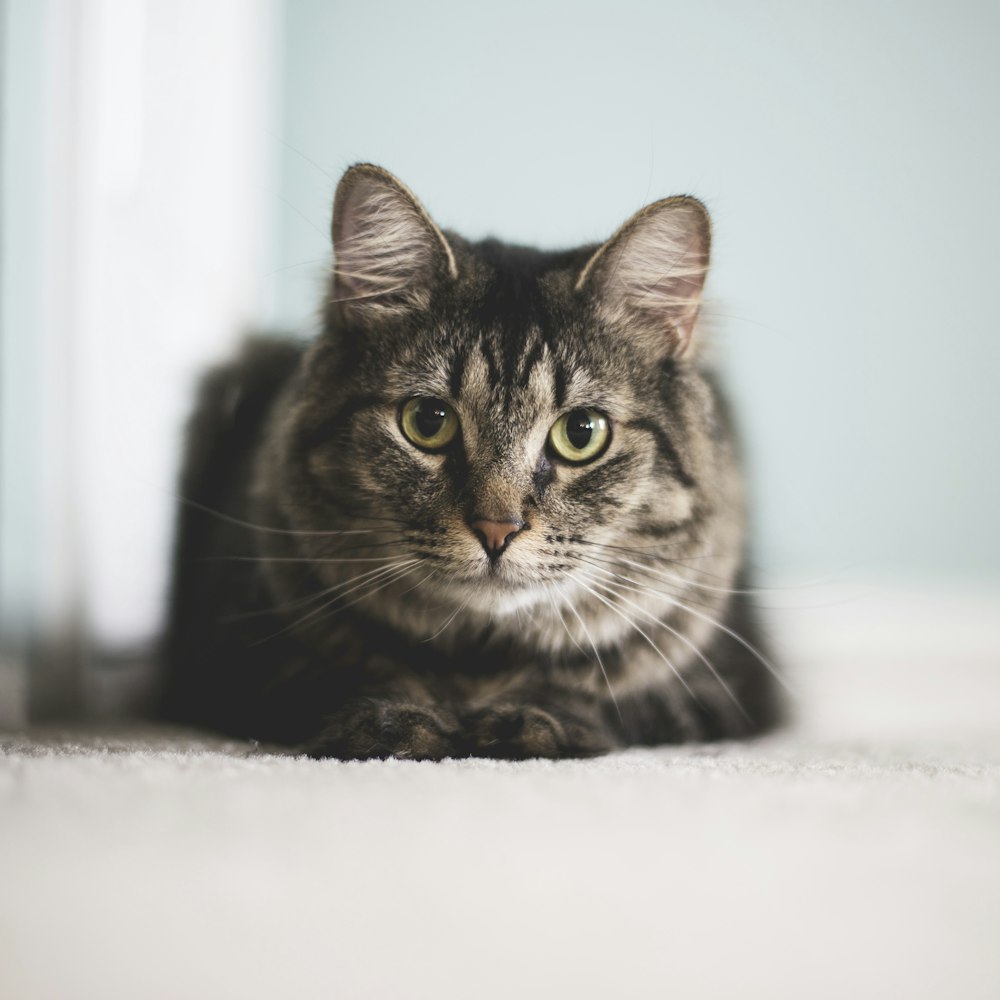
c: Kari Shea
This lovely kitty was captured with a Canon EOS 6D.
Use the rule of thirds
The rule of thirds is a basic composition technique to elevate your photos. If your camera doesn’t have a setting, imagine breaking the image up into 9 equal sized rectangles.

John R. Daily, CC BY-SA 2.5 <https://creativecommons.org/licenses/by-sa/2.5>, via Wikimedia Commons
Your subject shouldn’t be the exact center of the photo but rather off to the side a little bit. Nor should your subject fill the entire screen. Two-thirds is enough. Here’s an example captured on a Fujifilm X-Pro2 of a cat being slightly off-center but taking up two-thirds of the image.
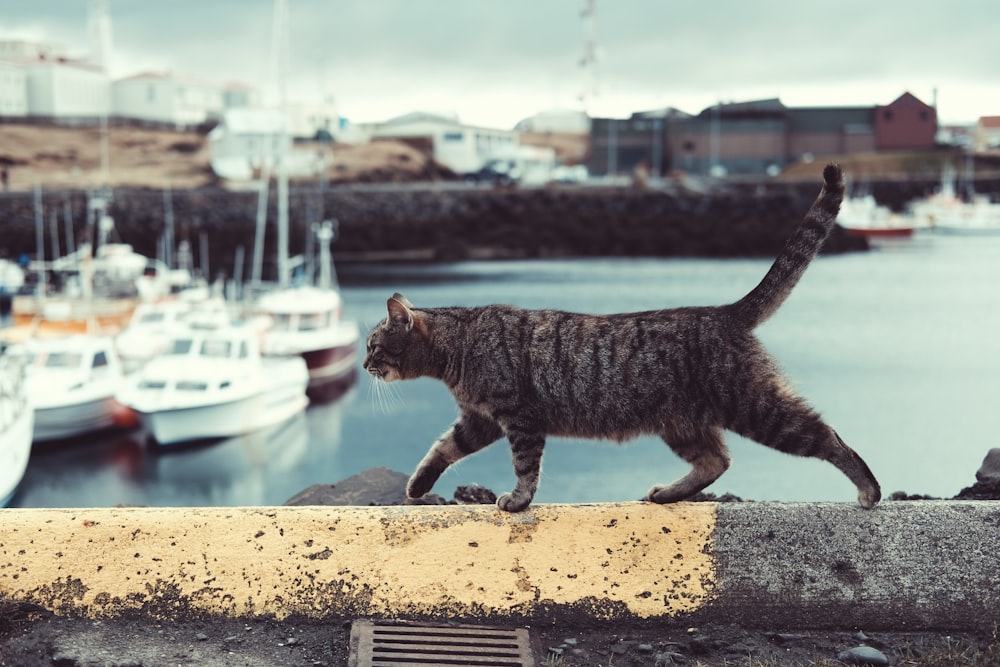
c: Timothy Meinberg
Focus on the eyes (especially with cats!)
Eyes are fascinating. They can contain many different pigments and really make an image pop. Think of how the Time Magazine cover featuring Sharbat Gula uses her eyes to really bring you in. You can do the same with animal photography.
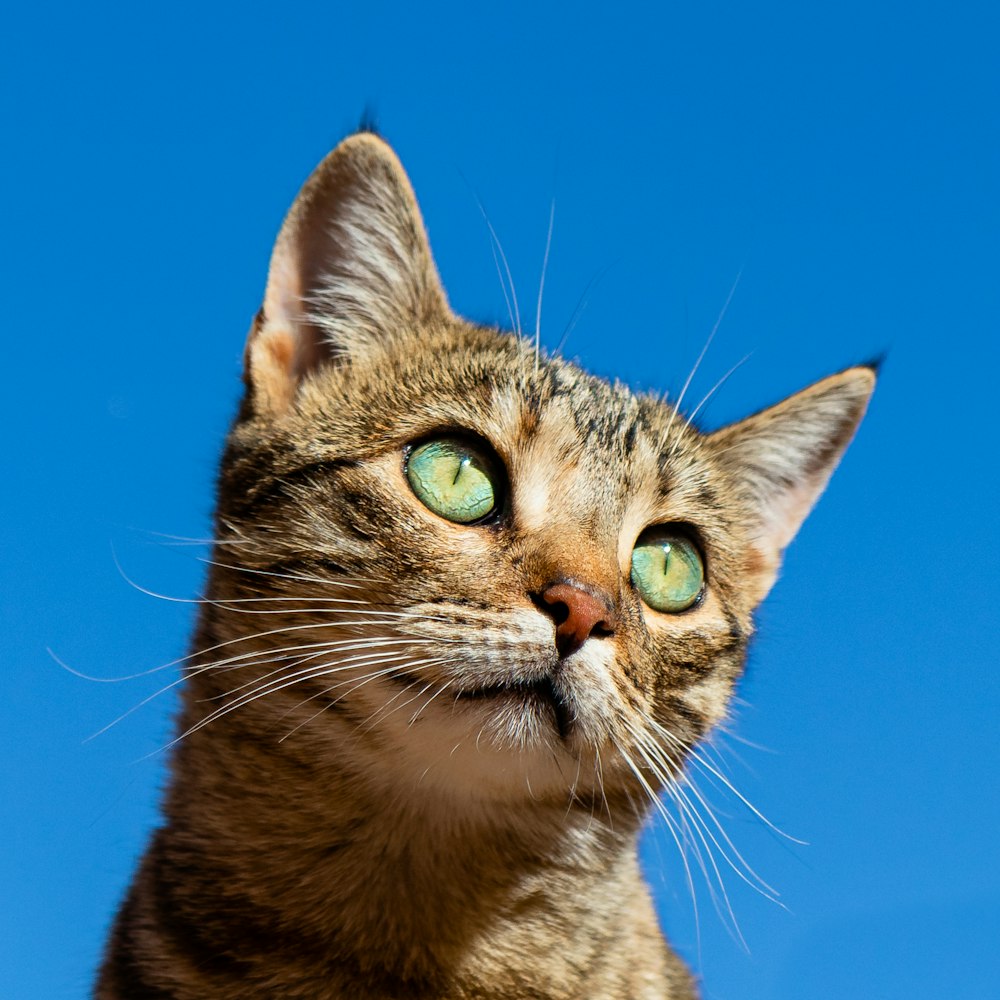
@cedric_photography
Image was captured with a Canon EOS 77D.
Action shots are great but require a high-speed continuous shooting mode to get them in focus.
This can be jumping, leaping, running, or chasing a toy for example. If you’re not sure how to capture this without professional equipment, iOS has Burst Mode and can achieve the same thing.

@madamemenge
The image above was taken on a Nikon D750.
Portrait mode is great for keeping the subject in focus and the background not in focus.
This is another basic composition technique and is easily achieved by manually adjusting the focus on your lens. For those who aren’t using an actual lens, portrait mode is great for replicating this technique.
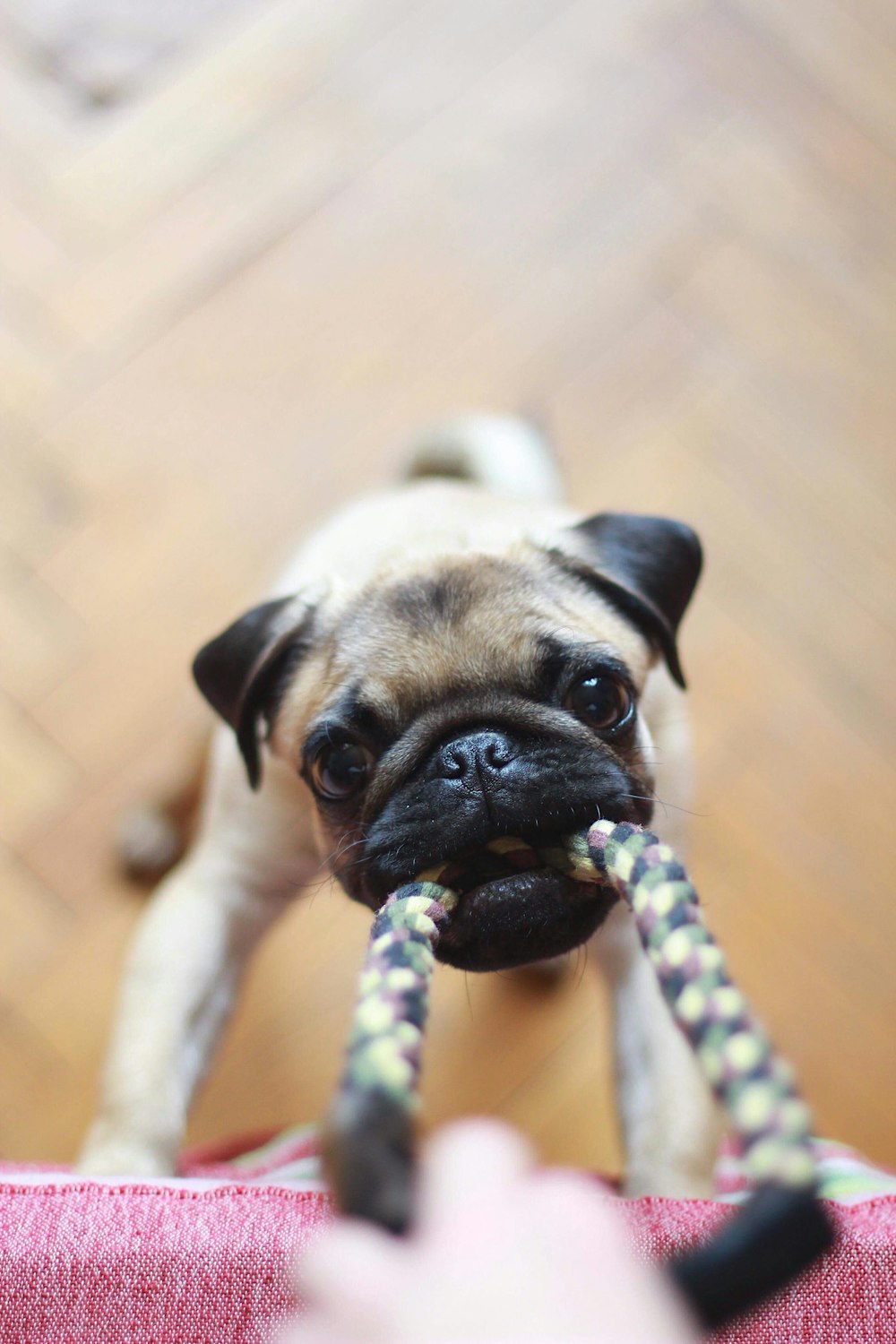
@darisja
Here’s an example of a person playing with a pug that was shot using portrait mode on an iPhone.
Struggling to get a subject to look at the camera? Treats!
Some pets just need a good ole fashion bribe of treats. Or a favorite toy to squeak. You have many options when it comes to getting your photo subjects attention. Even making a sharp trill noise works!
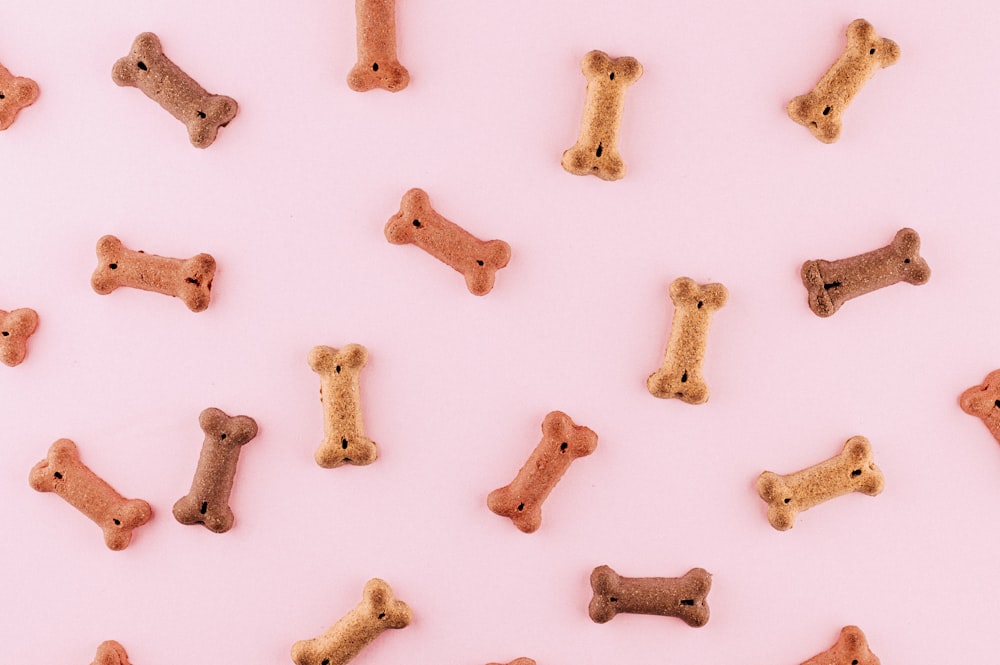
c: okeykat
Conclusion
Everybody loves to take pictures of their pets. What makes those photos even better is when the shot is amazing. Follow our tips and you’ll be taking professional level pictures in no time! If you do a lot of phone photography, I highly recommend Cadrage which simulates different focal lengths and will take the photos all at once so you can pick and choose.
Do you have any pet photography tips? Let us know in the comments and share your pet photography with us @WetNosesPetSitting or #WetNosesPetSitting. We love to see cute pet pictures!

